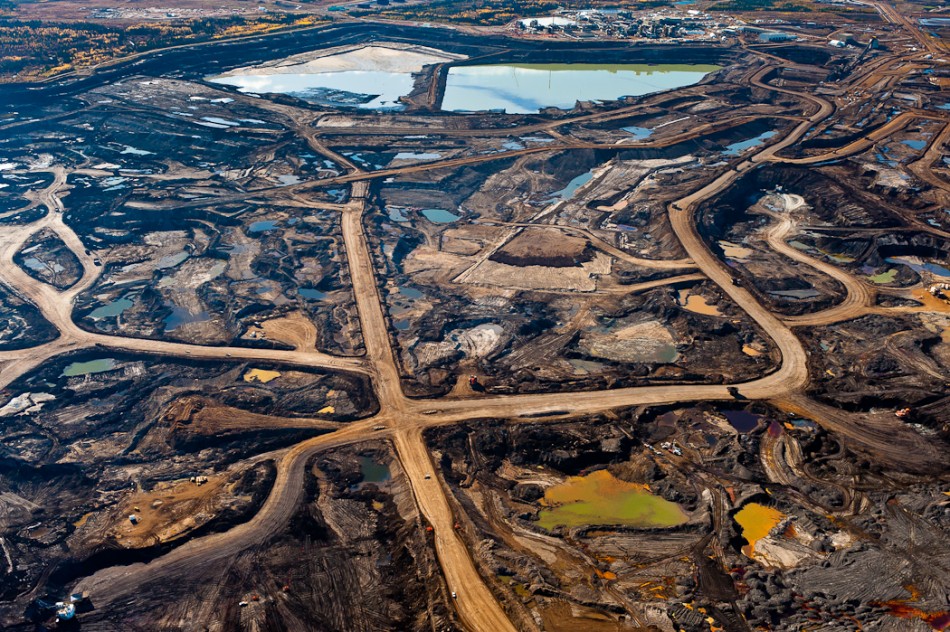Yesterday I had a bit of a rant about the destruction of the biosphere, ending in a call for action. It was that piece that got tweeted and FBed more than anything. So what does climate-related direct action look like? At the end of a day of Strike Debt meetings, it became clear: a climate debt strike.
How did we get here? There was a full day of Strike Debt discussion. A two-hour meeting looked at next steps for the movement after S17 in long breakouts. The consensus was to pursue greater networking at local NYC level and at national level. Task forces were created to investigate both processes. The immediate target is October 13, or O13, the European day of debt action, when Strike Debt will be doing solidarity actions.
Next, a debrief from S17. A strong sense here that the day went well for OWS in general and Strike Debt in particular, who were in the thick of things throughout. There was some concern that our messaging didn’t get out in the MSM, but no real surprise about that. On the positive front, The Debt Resistors’ Operations Manual was a huge hit everywhere from Occupy Tampa to the Brooklyn Book Fair and the Free University.
At the end of all this a group retired to a local Happy Hour just to kick back. Everyone’s kidding around and suddenly a passionate debate about climate justice has started. Perhaps it was no coincidence that people from Panama, India and Palestine got this moving, calling attention again to the privilege that even a protestor on Wall Street has in relation to residents of underdeveloped nations. The daily threats of toxicity, disease, food insecurity (aka hunger), pollution and sea level rise make daily life in many locations a permanent emergency.
Climate justice activists have long highlighted the “climate debt” that the developed world owes to those places it has underdeveloped. That is to say, developed nations should cut cut their carbon emissions sufficiently far as to leave “room” for currently underdeveloped nations to expand their industrial economies in such a way as to mitigate their everyday emergency.
So far, this concept has won lip-service, some green-washing ads from corporations and not much else. Eco-activism has long concentrated on trying to influence national governments or global governance structures like the United Nations. The collapse of the Rio+20 Earth Summit in Rio earlier this year made it clear that such options are no longer viable.
Just as we have seen with financial justice, the only way that the global one per cent will concede climate justice is if a radical movement forces the issue onto the agenda. We have begun to organize a debt resistance movement in the finance economy. We need to start to organize debt resistance in the climate economy. Which is to say that all debt refusal is also climate debt resistance.
The reason is simple. In order to “pay back” purported “debt” it is necessary to increase the size of the economy. At the present moment that cannot be done without increasing carbon and other toxic emissions, increasing land grabs from indigenous peoples and increasing primary extraction, like tar sands. Debt refusal is not an immoral welching on an obligation. It is at once the political claim that such debts were coerced; and deceptive and the moral claim that the economic growth required to “repay” them must be refused in name of all life.
A debt strike is a climate debt strike. Join the resistance. Strikedebt.org


Debt refusal is a direct threat to our present debt-based industrial economy. Whilst the demise of our industrial civilisation is sure to cause immense suffering, the destruction of nature is ultimately the gravest danger to humanity’s prospects.